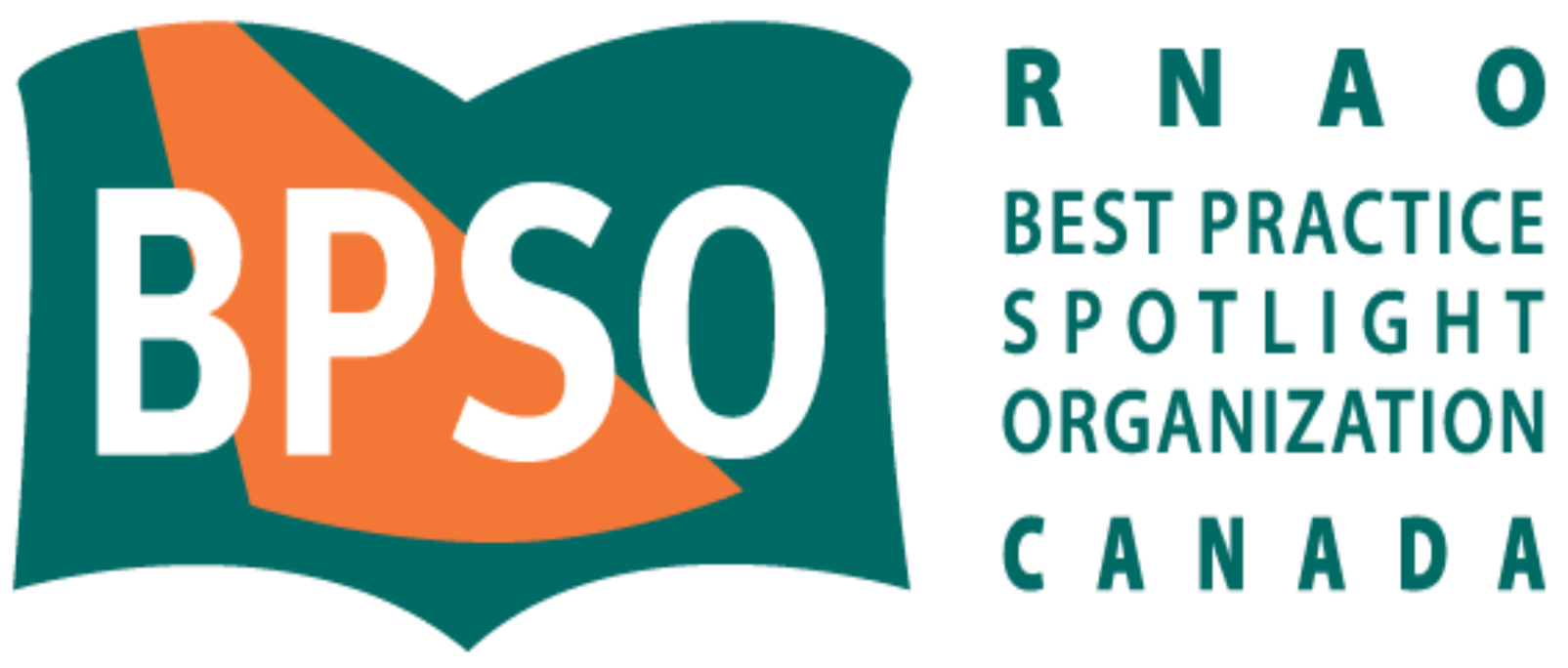Tip #1
You don’t need to read every single BPG document. Each Best Practice Guideline covers a specific area of nursing care, so not every BPG will be relevant your practice. Our advice is to identify and focus on the BPGs related to the care scenarios you’re most likely to encounter during practice. Check out The BPGs section to browse the best practice guidelines by category.
Tip #2
Instead of reading the entire BPG document, focus on the Practice Recommendations section. The BPGs are designed for healthcare organizations and individual nurses alike. This means that some sections in the BPG documents aren’t relevant to individual nurses. Most BPGs have a Practice Recommendations section, which is likely the most useful section for practicing nurses and nursing students.
Tip #3
Find small pockets of extra time in your week to review the BPGs. When learning something new, you don’t necessarily need to devote large chunks of time to studying. In fact, an extra 30 minutes a week can go a long way in building your knowledge around a particular subject. Look for small pockets of time you might be able to devote to reading the recommendations for a particular BPG. Your daily commute is the perfect time for reviewing a BPG recommendations and allows you to look up answers to questions that may have arisen during your shift.
Tip #4
Break the BPG recommendations into chunks and study them one section at a time. Most of the BPG practice recommendations are structured into the categories: Assessment & Planning, Implementation and Evaluation. Use this structure to break down the recommendations into manageable chunks. By tackling the recommendations in chunks, you’ll slowly familiarize yourself with the BPG while working to build the new knowledge into your practice. And it won’t feel as overwhelming as trying to memorize, understand and implement all the recommendations at once.
Tip #5
Before implementing the BPG recommendations, familiarize yourself with your healthcare organization’s policies and procedures. The BPG recommendations are meant to fill the gaps, not replace the policies and procedures already established by a healthcare organization. If the policies and procedures don’t cover a particular care scenario or you need more detailed information, the BPG recommendations can be extremely helpful.
Previous
Next
